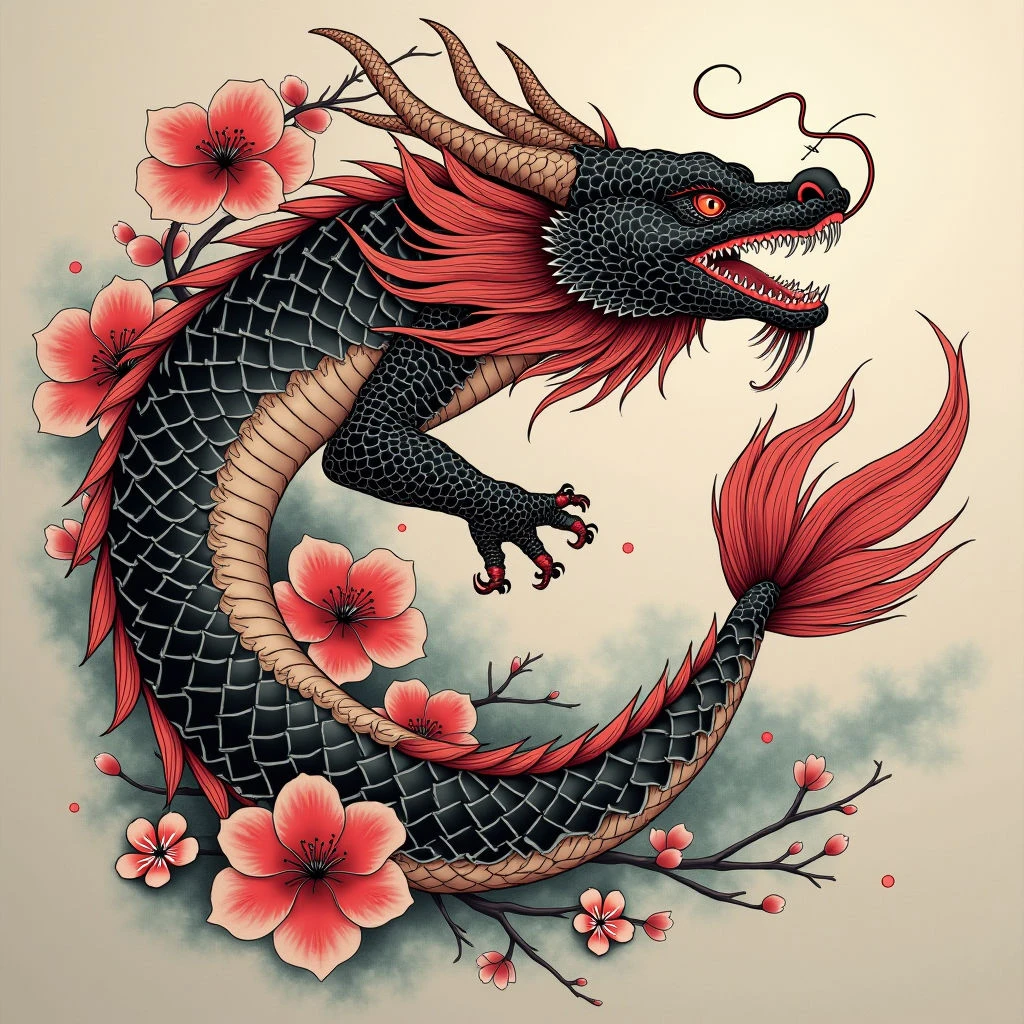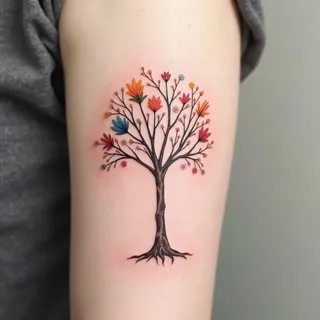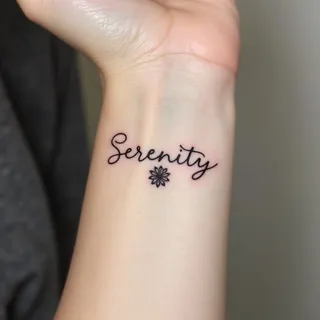Japanese Tattooing: Irezumi's Intricate Symbolism and Cultural Significance
Iconic Symbols & Their Meanings
-
Koi Fish (Carp)
Representing perseverance and determination, the koi's journey upstream symbolizes overcoming adversity. They are often paired with dragons to symbolize ultimate success.
-
Dragons (Ryū)
Powerful symbols of wisdom, strength, and good fortune. They embody protection and are closely tied to Japanese mythology.
-
Cherry Blossoms (Sakura)
Epitomize the fleeting nature of life—beauty, fragility, and renewal. They symbolize mortality and acceptance.
-
Tigers (Tora)
Represent courage, strength, and protection from evil spirits. Their fierce presence embodies bravery and power.
-
Phoenix (Hō-ō)
Symbolizes rebirth, immortality, and transformation through adversity.
-
Geishas
Though often associated with beauty and artistry, their meaning in Irezumi can be complex, representing allure, mystery, and cultural sophistication.
Historical Context
Historically, Japanese tattoos were not always a mark of honor. During the Edo period (1603-1868), they were frequently used to brand criminals, leading to a stigma that persists in some circles today. However, Irezumi has also been embraced by Yakuza members as a symbol of loyalty and resilience.
Modern Interpretations
Today, Japanese tattoos are experiencing a resurgence in popularity worldwide. While the traditional symbolism remains potent, many individuals choose these designs for their aesthetic appeal and connection to Japanese culture.


